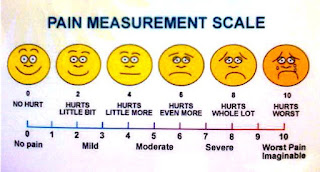Harmony Foundation now has a Young Adult Recovery Track!
Harmony’s YART Program is rooted in the peer-to-peer model of recovery. This evidence-based model shows that when those among similar ages or stages in life are in recovery together, they have greater chances of achieving long-term recovery. By being among those with shared experiences that they can better relate to, young adults in particular are better positioned to grasp on to sobriety and recovery as a way of life.
The YART program has been established in response to the growing problem throughout the US of young adults who are addicted to drugs. According to SAMSHA, more than six percent of all Americans aged 18 to 25 have engaged in non-medical use of prescription drugs in the past month. The most commonly used prescription drugs are addictive substances like opiates and benzodiazepines.
Unfortunately, these drugs and the combination of these drugs known as “drug cocktails” can be life-threatening – as indicated by the National Institute on Alcohol Abuse and Alcoholism that reported a serious increase in overdoses among 18-24 years old over the past decade. The researchers found that hospitalizations among young adults rose by 25 percent for alcohol overdoses, 56 percent for drug overdoses and 76 percent for overdoses from a combination of drugs and alcohol.
Young adults are more susceptible to peer pressure than other groups, which can be a liability when it comes to drug abuse – yielding to the pressure to try prescription drugs for example. But it can also be an asset – such as in a recovery setting where they see their peers thriving in recovery and embracing 12 step principals.
Harmony Foundation’s recognition of the need for this peer-to-peer model of recovery has been complimented by another innovation – recognizing the impact technology has on young adults in their ability to learn and embrace new concepts. Rather than traditional lectures used in drug treatment programs, Harmony engages clients in a more interactive and technologically engaged track through an array of groups including impulse control, anger and resentment, sexuality, relationships, codependency, trust, grief and loss, relapse prevention and life skills. To compliment these groups, recreational, creative and stress reduction offerings include experiential art, music therapy, yoga, a rock climbing wall, meditation, acupuncture, enhanced exercise and T’ai Chi.
YART will provide a great service to young adults with substance abuse problems in Colorado and throughout the US. Harmony’s Clinical Director, Chris Desizlets – CAC III, speaks to the need of such a program, recognizing that “Clients today enter treatment both younger and sicker than ever before and we cannot treat clients in a one size fits all model. Young adults deserve a young person’s treatment program that respects and speaks to them.”
If you are a loved one has been struggling with substance abuse, Harmony Foundation has affordable addiction treatment programs that can re-ignite your life. Young adults have the rest of their lives ahead of them, make that life filled with peace and joy by calling today.










 Federal agents arrest ‘designer drug’ makers in nationwide raids
Federal agents arrest ‘designer drug’ makers in nationwide raids
 NY law aimed at painkiller addiction called model
NY law aimed at painkiller addiction called model


